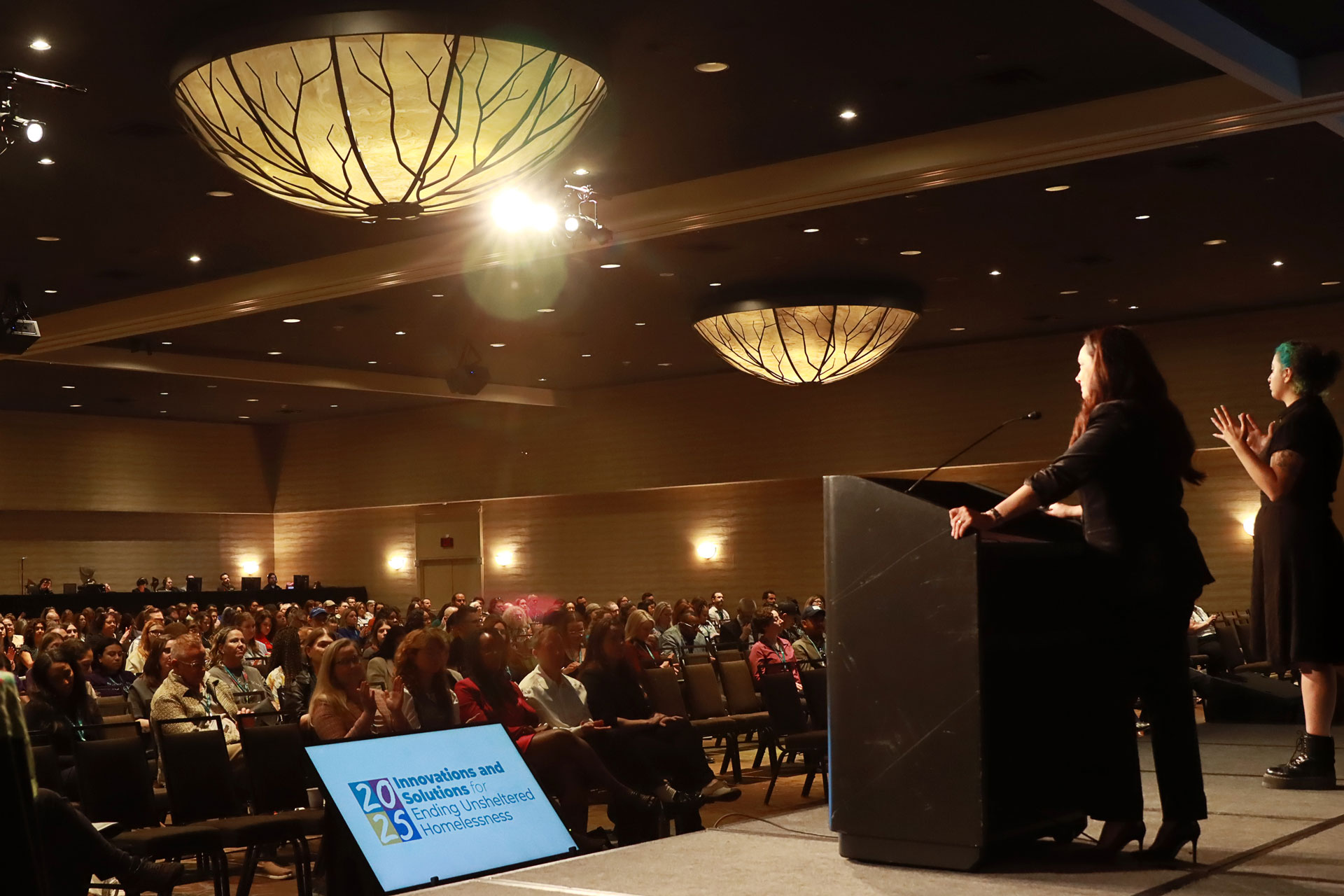
Affordable Housing Within Reach
We envision a future where everyone has access to safe, affordable housing that meets their needs. By closing the gap between housing costs and income, we can ensure stable homes are within reach for all.

Economic Opportunity and Stability
We envision a future where everyone has the income and resources they need to maintain stable housing. By closing the gap between wages and housing costs, we can prevent homelessness and ensure everyone can live with dignity.

Healthcare and Support for All
We envision a future where everyone has access to the comprehensive healthcare they need — mental, physical, and behavioral — to live with dignity and maintain stable housing. Quality care should be available to all who need it.

Culturally Responsive Systems That Work for Everyone
We envision a future where all systems and services recognize and respond to the distinct needs of different populations. By addressing systemic inequities and discrimination, we can create programs that truly serve everyone with dignity and respect.
Closing Critical Gaps
To achieve our vision, we must address key challenges with targeted solutions:
- Expanding housing support access so every eligible household can receive assistance
- Making housing affordable for all income levels through the development of new units, and policies that support affordability
- Implementing prevention strategies to stop people from entering homelessness
- Expanding healthcare access to improve well being and reduce economic vulnerability
- Building equity into all systems to address racial and economic disparities
Our 2024–2026 Strategic Plan: Grounding Our Work in Faith, Love, and Home
Our Strategic Plan is built around three values:
- Faith — We believe ending homelessness is possible.
- Love — We lead with love, equity, and respect for our unhoused neighbors.
- Home — We fight for the resources and policies to bring everyone home.
Inspiring Faith that an End to Homelessness is Possible
We can end homelessness. We’re working to show people that homelessness can be solved with the appropriate leadership, resources, and evidence-based practices.
Leading with Love and Equity
We lead with love and respect for everyone, especially our unhoused neighbors. Equity is at the core of everything we do.
Bringing People Home
We fight for the resources and policies that bring people home. Our goal is for everyone to have a place to call their own.
Stay Updated: Solutions, Stories, and Ways to Make an Impact
Sign up to receive updates on the Alliance’s work, including the latest research, advocacy efforts, and real stories of progress — plus ways you can help drive lasting change.











